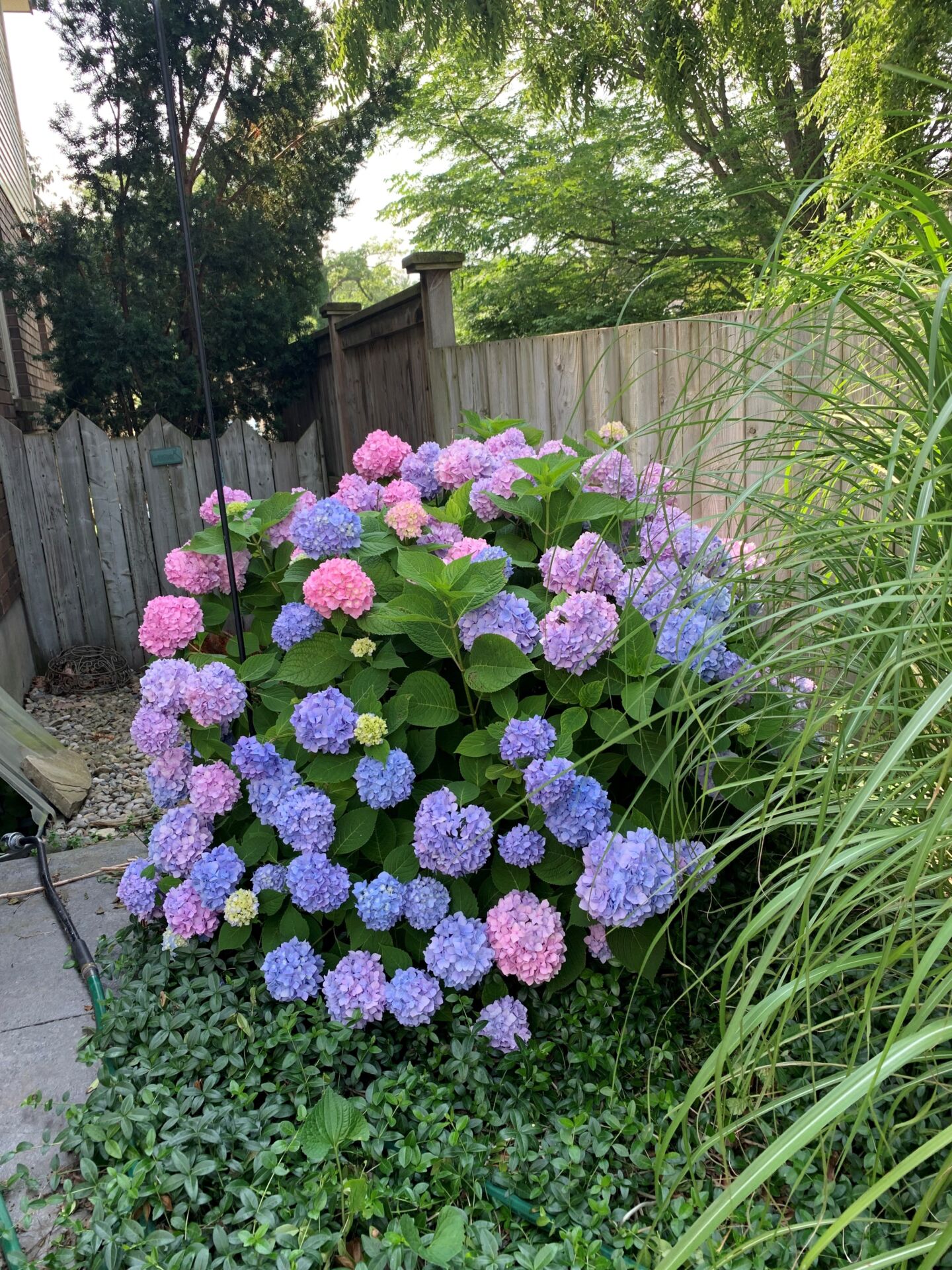Garden Clippings for July 22, 2023
Hydrangeas, with their big and bold blooms are hard to miss.
In early July, the first Hydrangeas to flower are the traditional Smooth Hydrangeas, with pure white snowball type blooms that last well into August. Flowers are hugely abundant, often covering the entire plant, hiding the green leaves within.
The world of Hydrangeas is vast, and nobody can be expected to identify the many types of Hydrangeas that exist. But putting them into categories may be helpful in deciding which varieties are right for your landscape.
Hydrangeas can generally be placed in four main categories. The first, and perhaps most confusing are Bigleaf Hydrangeas (Hydrangea macrophylla). Most coloured Hydrangeas fall in this category. Within the Bigleaf Hydrangeas are 3 sub-categories: Lacecap, Mountain, and Mophead. All are shade tolerant but will bloom better if given half day or more sun.
Mopheads have large, round blooms, often in shades of pink to red to purple. Blooms can be coaxed to turn blue with acidic soil, although in most parts of Southwestern Ontario we might find it easier to move to B.C. than turn our soil from alkaline to acidic. Mophead Hydrangeas are usually smaller than Big Leaf Hydrangeas, making them a good choice for small gardens.
Lacecap are similar to Mopheads in all ways, but their interesting blooms are closed in the centre and open around the outer edges.
Mountain Hydrangeas are a relatively new group of Hydrangeas similar to Lacecaps, but hardier, designed to survive extreme cold. Flowers are smaller, but equally impressive.
The second category, Panicle Hydrangeas, are easy to identify because their blooms are cone-shaped rather than round. Blooms typically start out white, slowly turn pink, and finally become tan coloured. Blooms are long lasting and can be brought indoors for Christmas and winter decorating.
While other classes of Hydrangeas have fleshy stems with round, heart shaped leaves, Panicles have woody stems and narrower leaves. Panicle Hydrangeas can range in size from a few feet to over two metres. Tree form Hydrangeas with a main central stem, opening up to a wider bush fall into the Panicle category. They will grow in full sun to partial shade.
Smooth Hydrangeas are the first to bloom in summer. The original Smooth Hydrangea, Annabelle, with its bold white blooms, has now largely been replaced by ‘Incrediball’ with stronger stems and more prolific blooms.
Oakleaf Hydrangeas are a fourth and smaller category, noted by large leaves, similar to leaves of Red Oak. Flowers are less abundant. Leaves are green through spring and summer, turning reddish bronze in fall and early winter.
The smallest and fifth group of Hydrangeas are Climbing Hydrangeas, with white blooms and unique stems that hug a wall or trellis. Climbing Hydrangeas are one of the few vines that enjoy growing in full shade.
Hydrangeas of all types are enjoying a tidal wave of popularity. They bloom in summer, long after the short-lived spring flowering shrubs such as Lilacs, Forsythia and Snowball are finished showing their colour. Hydrangeas provide a burst of colour, even if planted in shade. Hydrangeas are obedient, in that they range in size from a foot or two high and wide for tight spots, to over 2 metres high to provide privacy in a shrub border.


